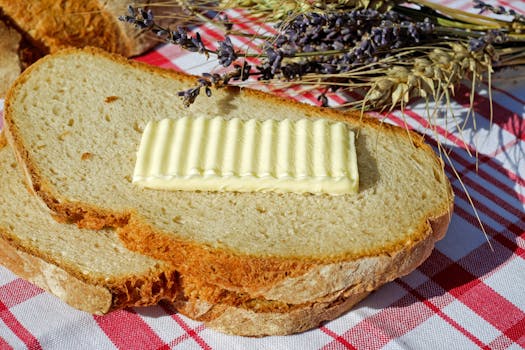Whether it’s just what the doctor told you to do after your last checkup or you simply want to get healthier, reducing your saturated fat intake is a good thing to get started with. Not only will you start losing weight, but you’ll be healthier in the long term because the high saturated fat intake is typically linked to developing elevated levels of low-density lipoprotein (LDL) or bad cholesterol. To help you get started, here are some ways to reduce your consumption of saturated fats.
 |
| Pexels |
Substitute dairy milk with plant-based milk products
There’s no denying that regular consumption of dairy milk gives us quite a handful of nutrients that are essential to our well-being, especially when it comes to helping us develop strong bones and teeth, thanks to its bountiful calcium content. However, whole dairy milk does come with saturated fats, a kind of fat that is linked to increased LDL levels, and as such can increase one’s risk for cardiovascular disease.
A good way to counter this while still enjoying milk in some capacity is to substitute whole milk with nut-based milk products. Not only donut milk have very little saturated fat, but they also have zero cholesterol and zero trans fats—arguably the worst kind of fat there is, especially as far as heart health is concerned. Moreover, they’re great for vegans and lactose-intolerant individuals, and they also work just as well as milk when it comes to being used as ingredients for desserts and confectionaries.
Eat more fruits and vegetables
Fruits and vegetables are naturally good for you. Not only do they help you get the vitamins and minerals that you need to stay properly nourished, but they also help fill you up faster than any other food product because of their fiber content. Just remember to avoid very sweet fruits in large quantities. These include mangoes and grapes, because their fructose (fruit sugar) content may spike up your blood sugar levels, which is something you want to avoid especially if you’re diabetic. You can have as much green, leafy vegetables that you want, though.
Choose leaner cuts of meat and poultry
Reducing saturated fat intake doesn’t mean having to switch to a plant-based diet entirely—unless, of course, you do want to take that route. However, for those of us who just can’t give up meat and poultry, a great saturated fat-reducing change to make is to choose leaner cuts instead. For example, you can choose the white meat portions of chicken (breast, breast tenderloin, and wings) instead of the dark meat parts (drumstick and thigh), and you can make a hamburger with ground turkey breast instead of red meat like beef. Trimming the skin and obviously, fatty portions from chicken or pork can also do wonders as well.
Instead of frying, just bake, grill, or broil meat instead
Frying adds a lot more cholesterol and saturated fat to meat, especially if you use butter or lard in your cooking. By baking, grilling, or broiling, you preserve the nutrients in the meat while ensuring that no fat or cholesterol is added to the food. If you really need to fry your meats, pan-fry instead of deep-frying, and make sure to use plant-based oils such as canola or olive rather than lard or animal-based fats.
Get into seafood
If you really want to cut down on saturated fat while still enjoying the benefits of animal protein, then get into the habit of substituting meat and poultry with seafood instead. Whitefish as well as certain fatty fish varieties (salmon, mackerel, herring, and tuna) are not only tasty and low in saturated fat, they are also abundant in omega-3 and omega-6 fatty acids, which is the kind of fat that can actually protect against cardiovascular disease and other heart issues.
By adopting these five dietary changes, you can easily reduce your saturated fat intake and pave the way to a healthier and better you. Just remember to exercise as well, since even just moderate daily physical activity has been proven to help improve cardiovascular fitness, as well as keep the pounds off you!











